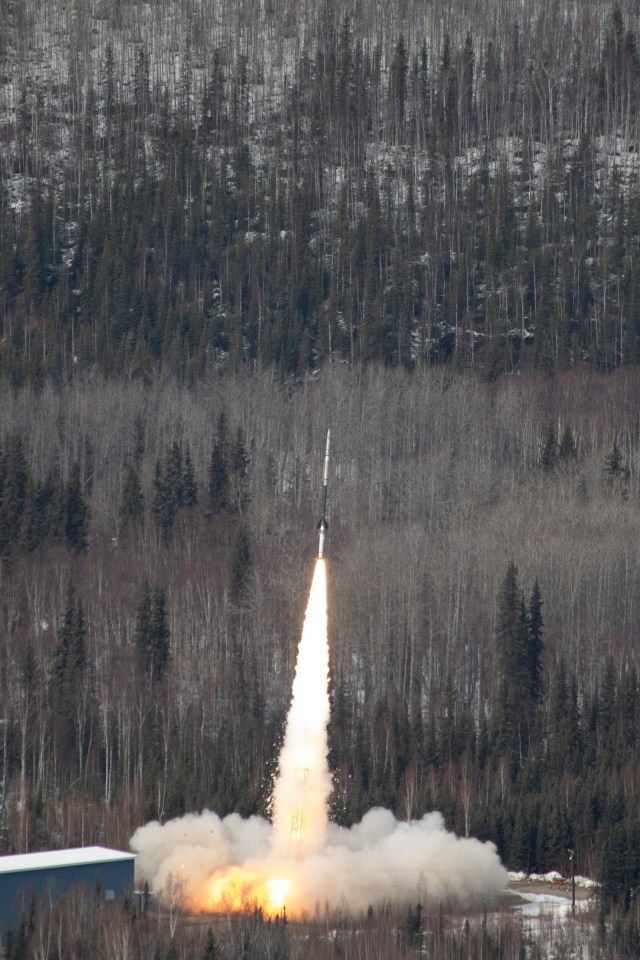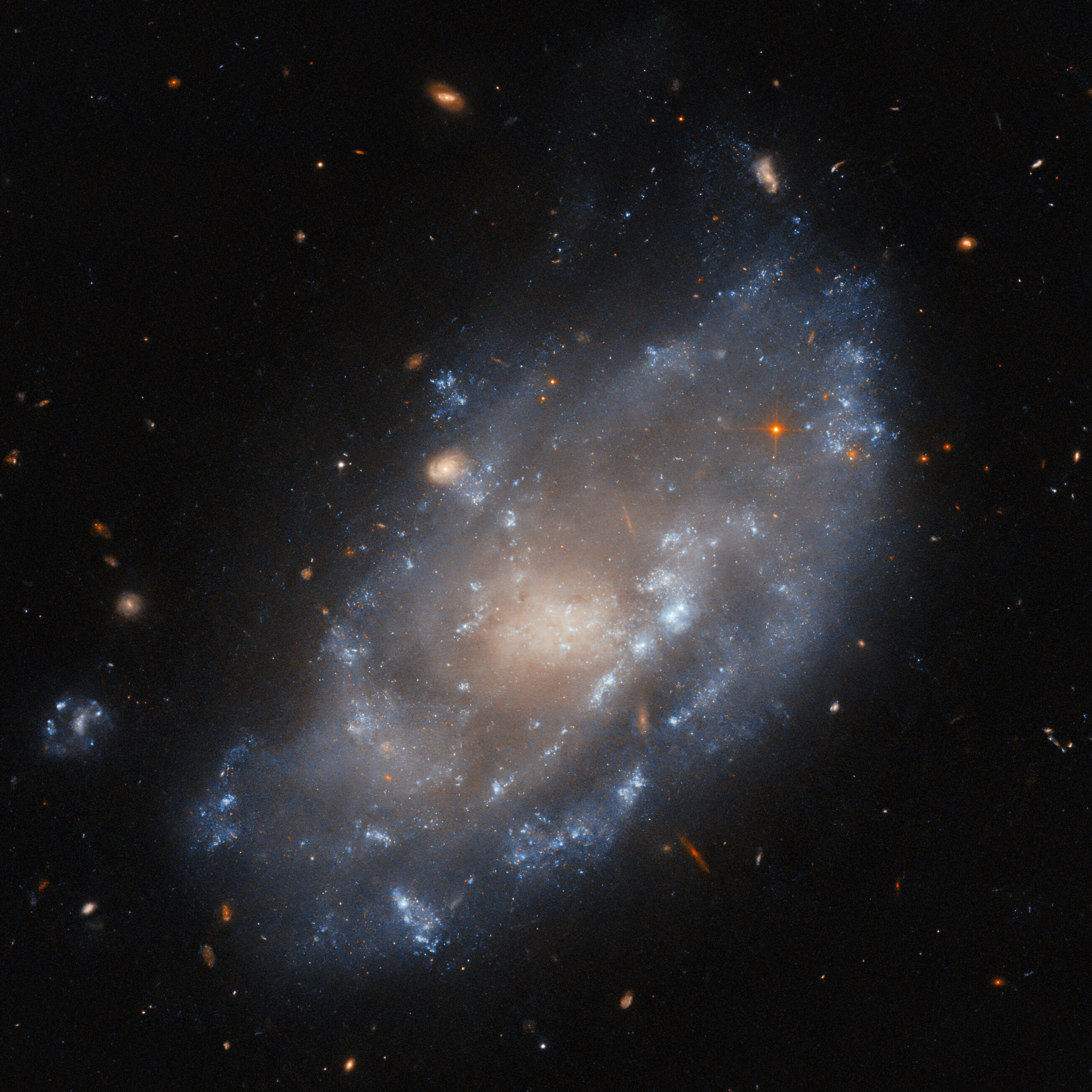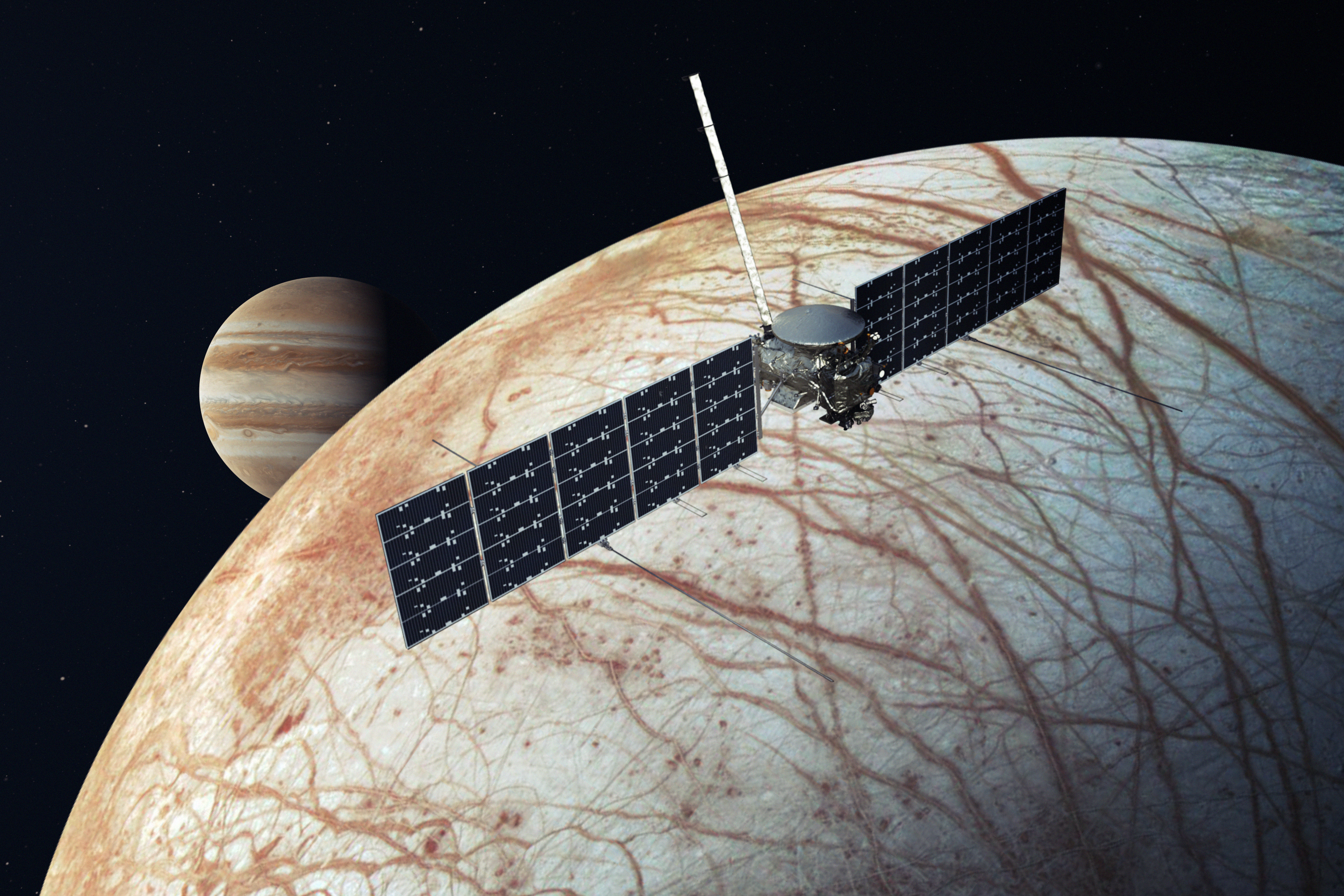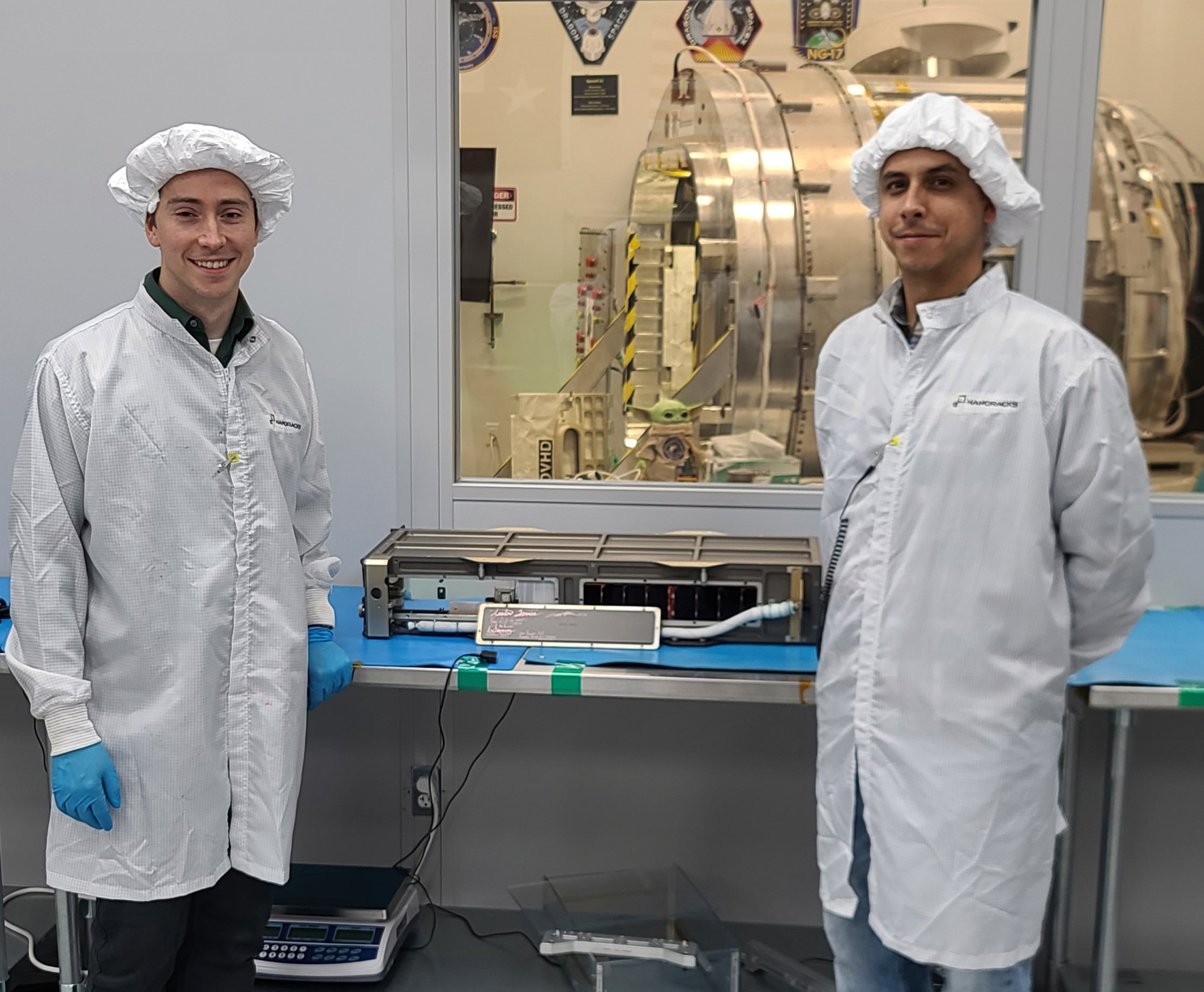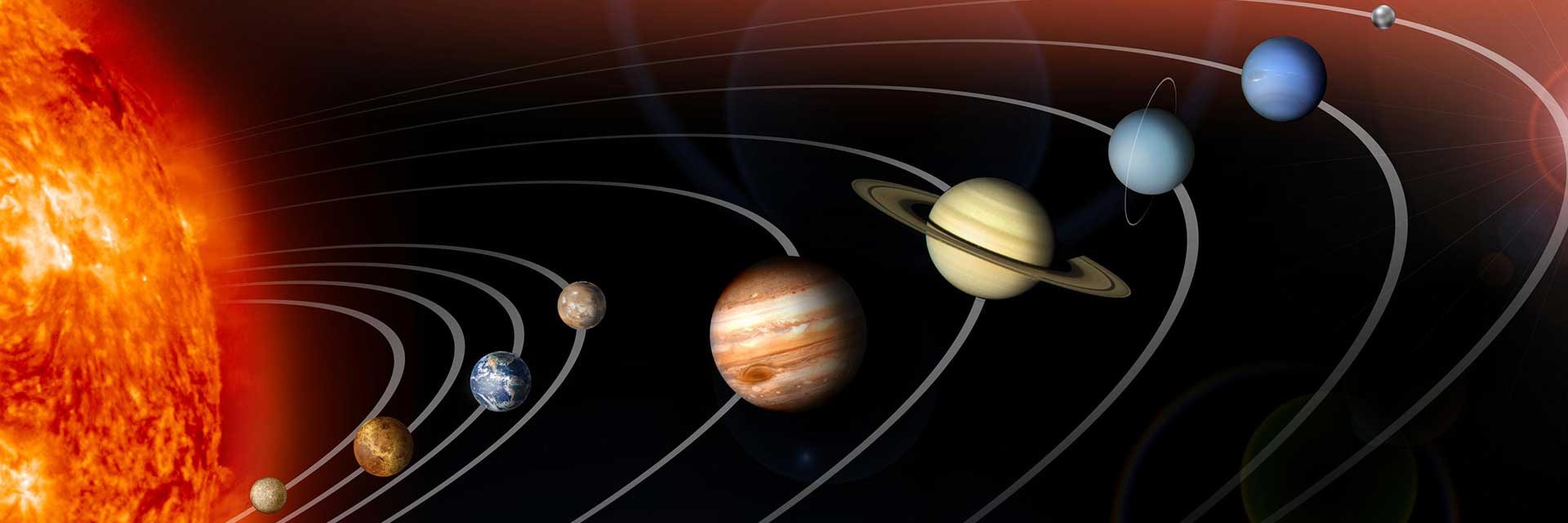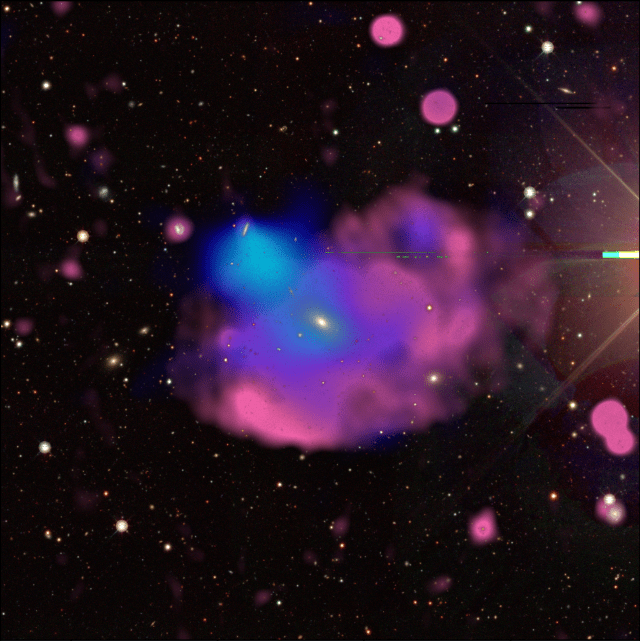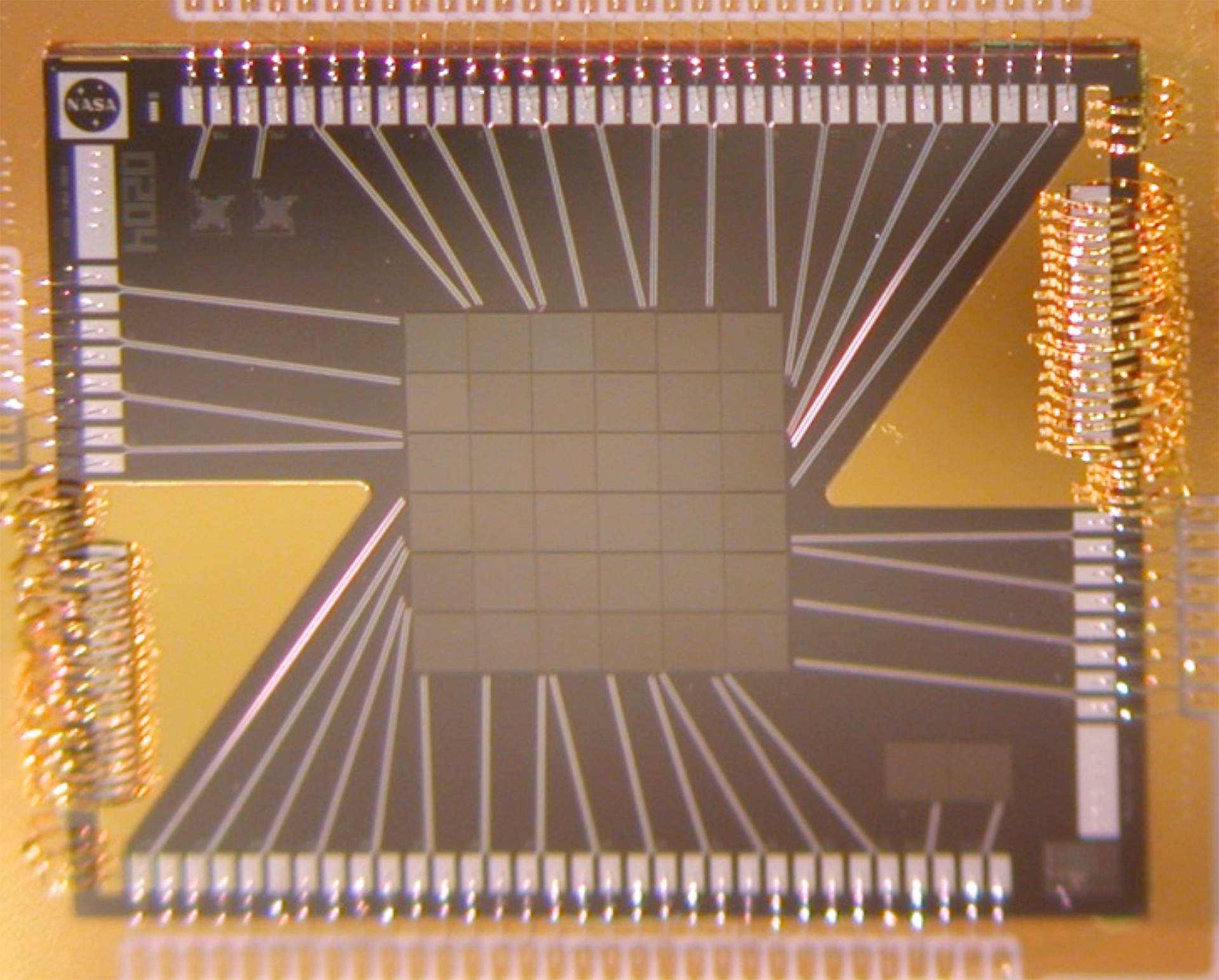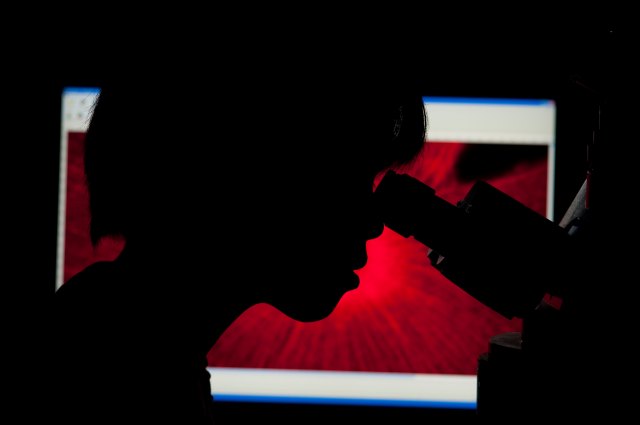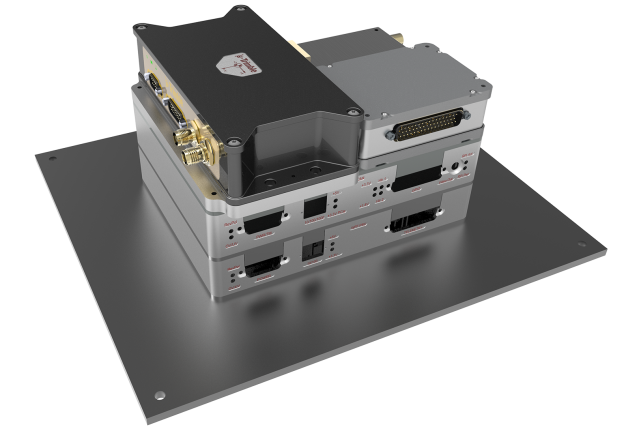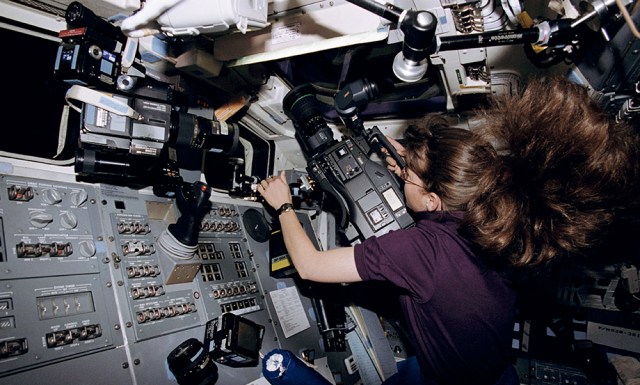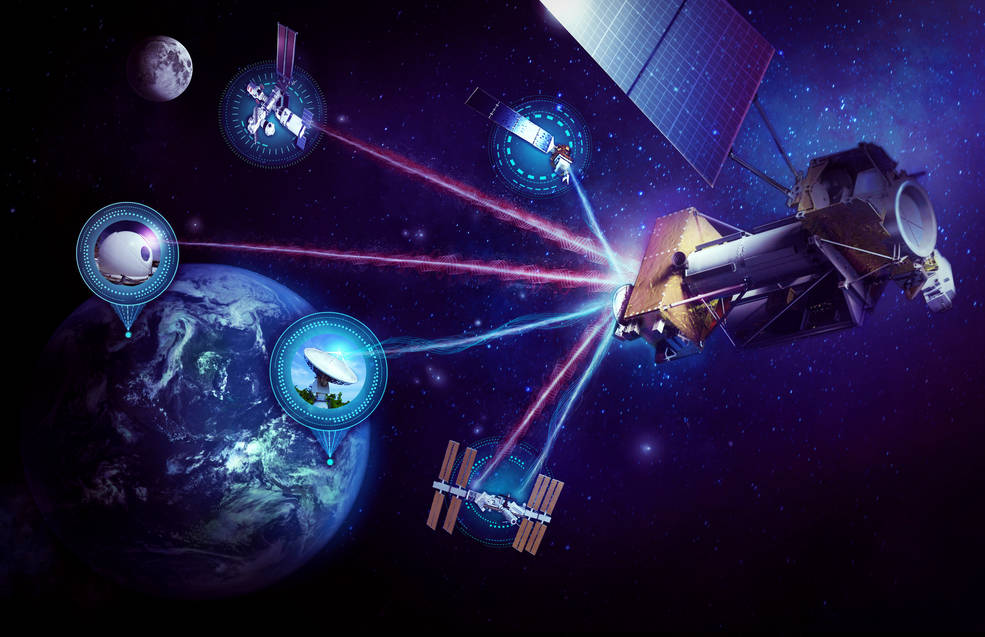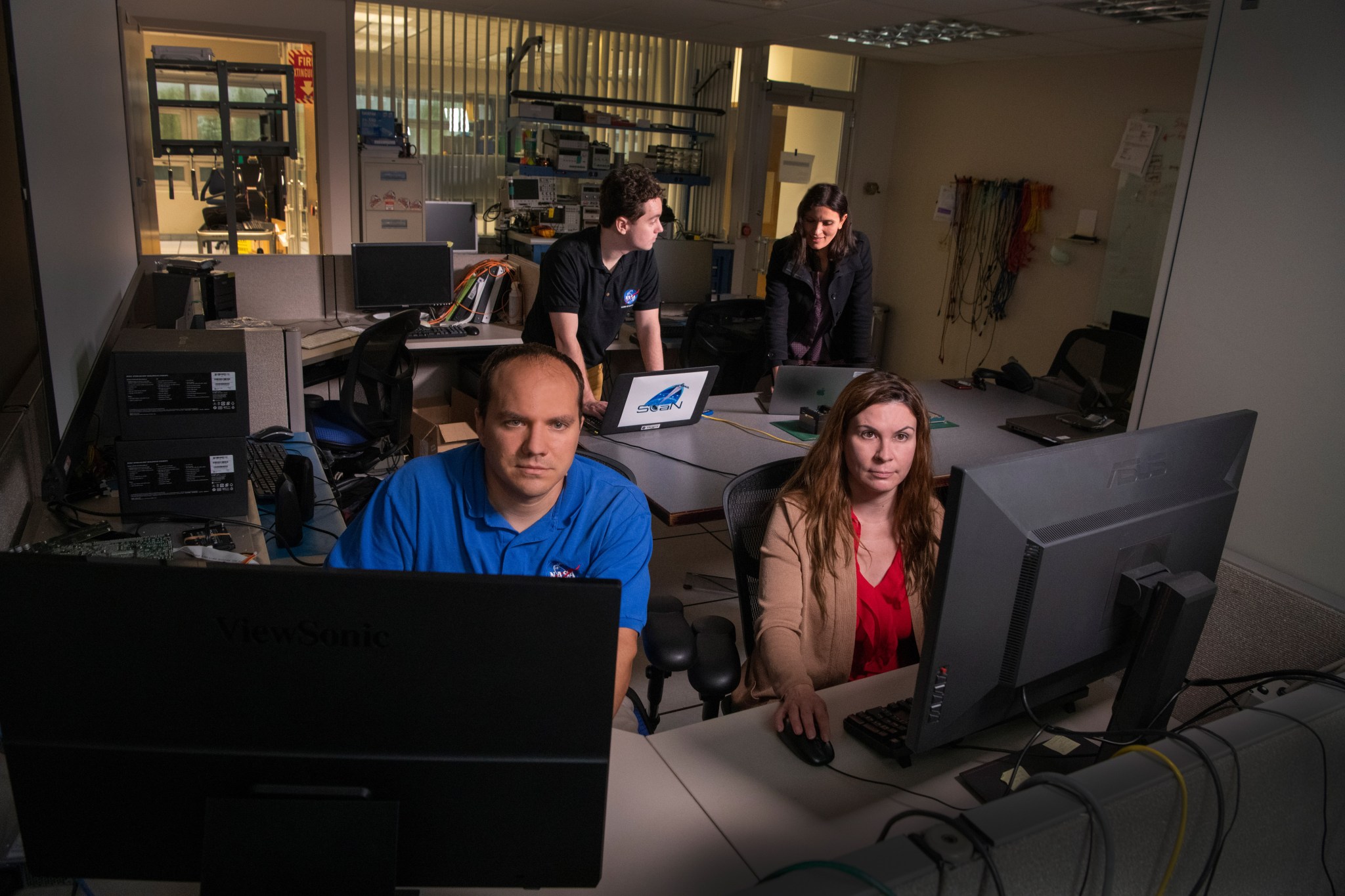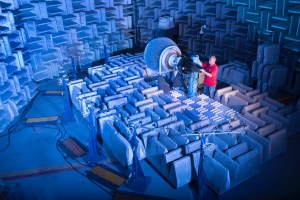NASA enhances its communications network to meet the challenges of deep space exploration.
Since the dawn of the 21st century, civilization has evolved into a high-speed digital society with networks of fiberoptics, Wi-Fi, and internet protocols connecting users across the globe.
As NASA prepares to journey back to the Moon with Artemis, the agency will introduce a similar concept of internet networks in space to connect astronauts to each other on the surface and researchers back on Earth.
But communicating back home can be difficult because extreme distances and harsh conditions can cause signal delays. Most space missions use radio frequency communications to send and receive data, as radio waves have a proven track record of success. However, optical, or laser, communications allow for larger data returns, a significant benefit for future exploration.
To overcome signal disruption, NASA has developed a communications networking protocol called Delay Tolerant Networking (DTN). DTN automatically ensures the delivery of information using a process called “store-and-forward,” which allows data to be forwarded as it is received or store it for future transmission if the signal becomes disrupted. Data store-and-forward capability enables internet-like concepts in space.
While NASA explores new depths of the universe, data return requirements constantly grow as a result.
The High-Rate Delay Tolerant Networking (HDTN) project at NASA’s Glenn Research Center in Cleveland has developed an advanced DTN implementation that transfers data four times faster than what is currently available.
“We’ve been working on developing DTN implementations that will revolutionize space communications by extending internet-like capabilities found on Earth into space,” said Dr. Daniel Raible, principal investigator for the High-Rate Delay Tolerant Networking project. “High-Rate DTN is designed with speed and efficiency to keep up with the data rates of newer laser and radio frequency communications systems.”
Funded by NASA’s Space Communications and Navigation (SCaN) program, the HDTN project is collaborating with the International Space Station Joint Station Local Area Network team to demonstrate a high-rate DTN connection onboard. After multiple rounds of successful in-lab testing at NASA’s Johnson Space Center in Houston and NASA’s Goddard Space Flight Center in Greenbelt, Maryland, HDTN is ready for liftoff.
“HDTN will provide science payloads on the space station with store-and-forward capabilities over the existing radio frequency and future laser downlink paths,” said Dr. Rachel Dudukovich, lead software engineer. “HDTN has successfully demonstrated gigabit-per-second rates in highly realistic test environments similar to the network on the space station.”
HDTN is also preparing for testing with the Laser Communications Relay Demonstration (LCRD), NASA’s first-ever optical communications relay satellite in orbit around Earth. LCRD was launched in 2021 to test in-space optical communications capabilities.
The SCaN technology initiative will be integrated onto the space station and into the LCRD ground system in the spring of 2023. The HDTN team is currently developing a hardware-accelerated version that will enable the transfer of even higher data rates than the current HDTN infrastructure.
Increasing the amount of data returned to Earth will provide more opportunities to make new science discoveries for the benefit of humanity.
Molly Kearns
NASA’s Glenn Research Center


